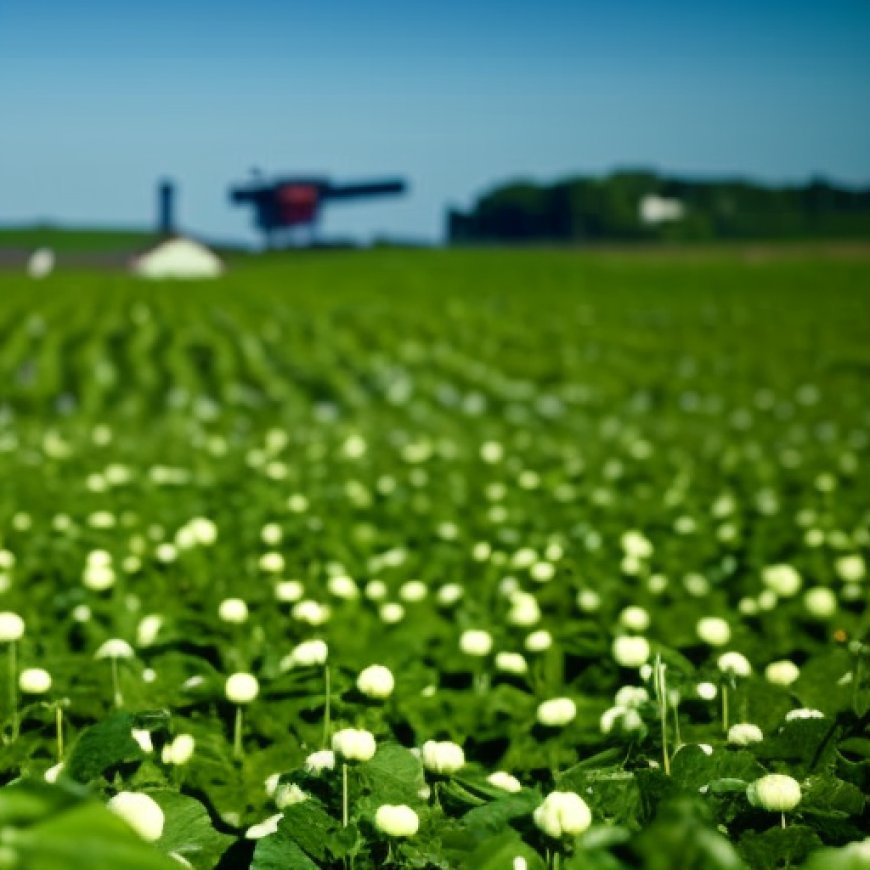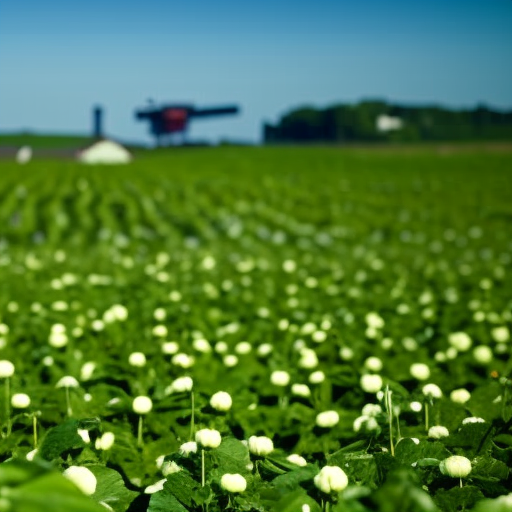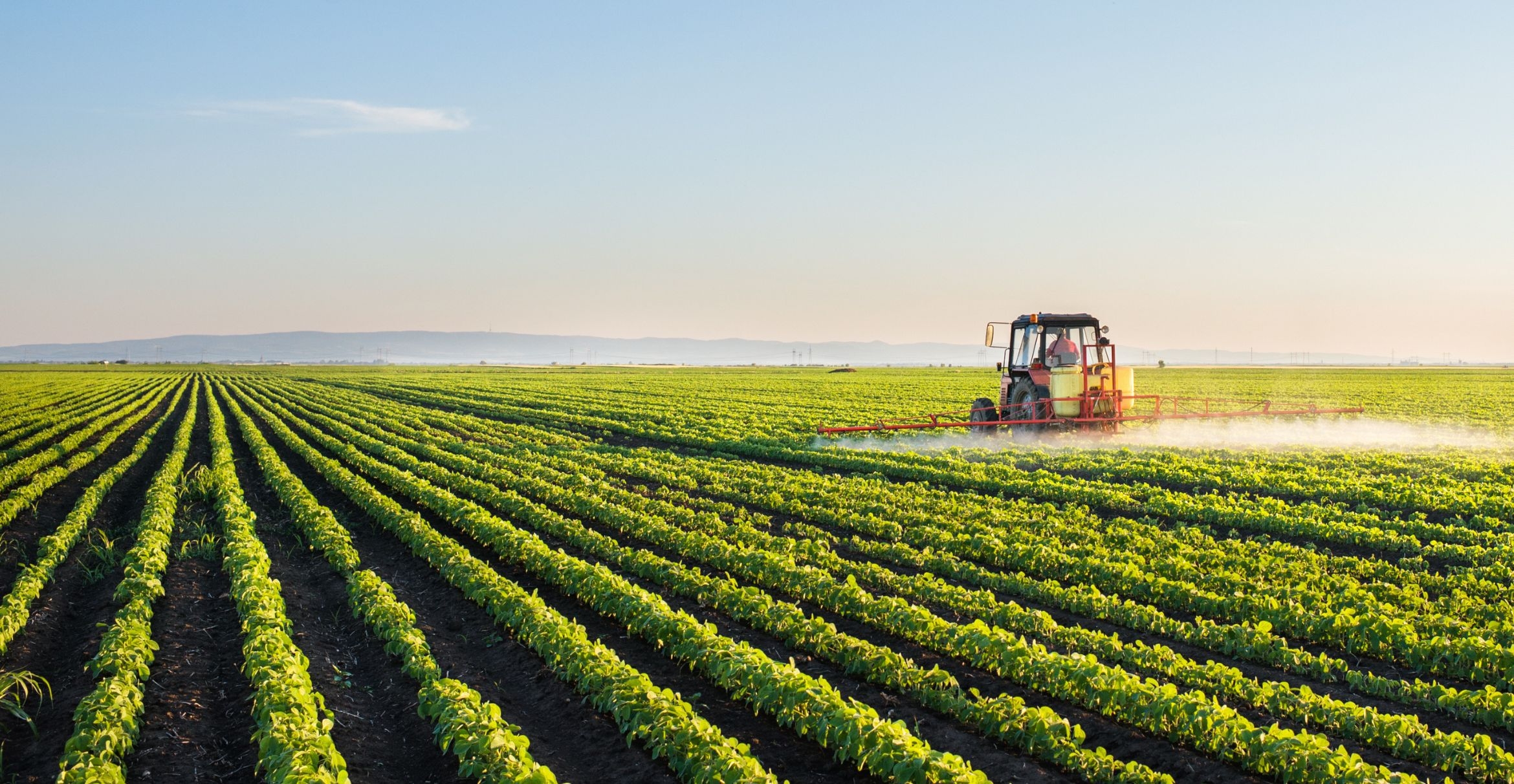Organic farms can have mixed effects on pesticide use depending on their neighbors
Organic farms can have mixed effects on pesticide use depending on their neighbors The UCSB Current


Organic and Conventional Farms: The Impact of Clustering

Introduction
When organic and conventional farms are distributed evenly, both types of farmers often face disadvantages. This report emphasizes the importance of Sustainable Development Goals (SDGs) and highlights the need to stack organic fields next to organic fields and conventional fields next to conventional fields. By doing so, pesticide use can be reduced, benefiting both the environment and farmers’ financial well-being.
Challenges in Data Collection
The authors encountered significant challenges in obtaining usable data for their research. Identifying specific fields in a spatial data format, linking that data to pesticide-use rates, and determining the organic or conventional nature of each field proved to be difficult. Additionally, agricultural spatial data and pesticide use are not well-tracked, particularly outside of California.
Data Availability in Kern County, California
Fortunately, the authors found a region that provided detailed records and publicly available data: Kern County, California. This region became a valuable resource for the authors due to its annual spatial data for agricultural fields, which could be linked to pesticide use and organic-crop producer IDs. Such comprehensive data integration is rare and greatly facilitated the research process.
SDGs, Targets, and Indicators
1. Which SDGs are addressed or connected to the issues highlighted in the article?
- SDG 2: Zero Hunger
- SDG 3: Good Health and Well-being
- SDG 12: Responsible Consumption and Production
- SDG 15: Life on Land
2. What specific targets under those SDGs can be identified based on the article’s content?
- SDG 2.4: By 2030, ensure sustainable food production systems and implement resilient agricultural practices that increase productivity and production, that help maintain ecosystems, that strengthen capacity for adaptation to climate change, extreme weather, drought, flooding and other disasters and that progressively improve land and soil quality.
- SDG 3.9: By 2030, substantially reduce the number of deaths and illnesses from hazardous chemicals and air, water and soil pollution and contamination.
- SDG 12.4: By 2020, achieve the environmentally sound management of chemicals and all wastes throughout their life cycle, in accordance with agreed international frameworks, and significantly reduce their release to air, water and soil in order to minimize their adverse impacts on human health and the environment.
- SDG 15.1: By 2020, ensure the conservation, restoration and sustainable use of terrestrial and inland freshwater ecosystems and their services, in particular forests, wetlands, mountains and drylands, in line with obligations under international agreements.
3. Are there any indicators mentioned or implied in the article that can be used to measure progress towards the identified targets?
- Indicator for SDG 2.4: Pesticide use reduction, increase in organic agriculture area
- Indicator for SDG 3.9: Reduction in pesticide-related illnesses and deaths
- Indicator for SDG 12.4: Reduction in pesticide release to air, water, and soil
- Indicator for SDG 15.1: Increase in conservation and restoration of terrestrial ecosystems
SDGs, Targets, and Indicators
| SDGs | Targets | Indicators |
|---|---|---|
| SDG 2: Zero Hunger | 2.4: By 2030, ensure sustainable food production systems and implement resilient agricultural practices that increase productivity and production, that help maintain ecosystems, that strengthen capacity for adaptation to climate change, extreme weather, drought, flooding and other disasters and that progressively improve land and soil quality. | Pesticide use reduction, increase in organic agriculture area |
| SDG 3: Good Health and Well-being | 3.9: By 2030, substantially reduce the number of deaths and illnesses from hazardous chemicals and air, water and soil pollution and contamination. | Reduction in pesticide-related illnesses and deaths |
| SDG 12: Responsible Consumption and Production | 12.4: By 2020, achieve the environmentally sound management of chemicals and all wastes throughout their life cycle, in accordance with agreed international frameworks, and significantly reduce their release to air, water and soil in order to minimize their adverse impacts on human health and the environment. | Reduction in pesticide release to air, water, and soil |
| SDG 15: Life on Land | 15.1: By 2020, ensure the conservation, restoration and sustainable use of terrestrial and inland freshwater ecosystems and their services, in particular forests, wetlands, mountains and drylands, in line with obligations under international agreements. | Increase in conservation and restoration of terrestrial ecosystems |
Behold! This splendid article springs forth from the wellspring of knowledge, shaped by a wondrous proprietary AI technology that delved into a vast ocean of data, illuminating the path towards the Sustainable Development Goals. Remember that all rights are reserved by SDG Investors LLC, empowering us to champion progress together.
Source: news.ucsb.edu

Join us, as fellow seekers of change, on a transformative journey at https://sdgtalks.ai/welcome, where you can become a member and actively contribute to shaping a brighter future.







